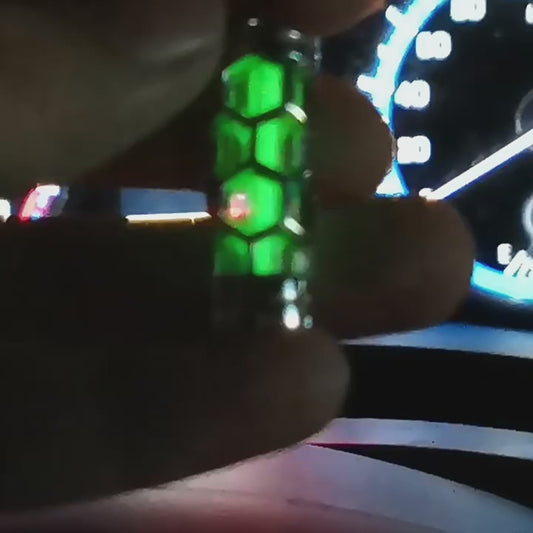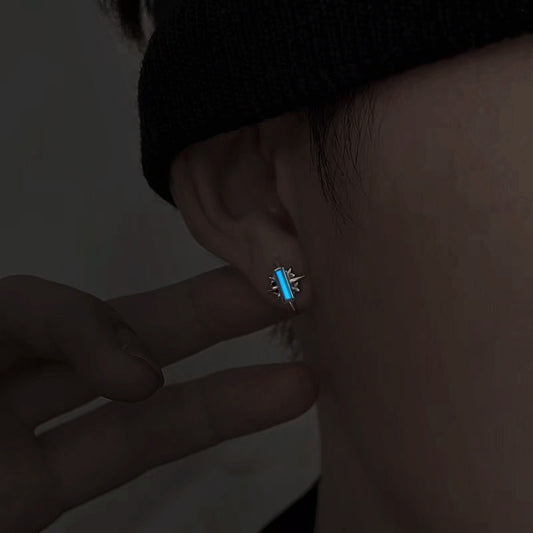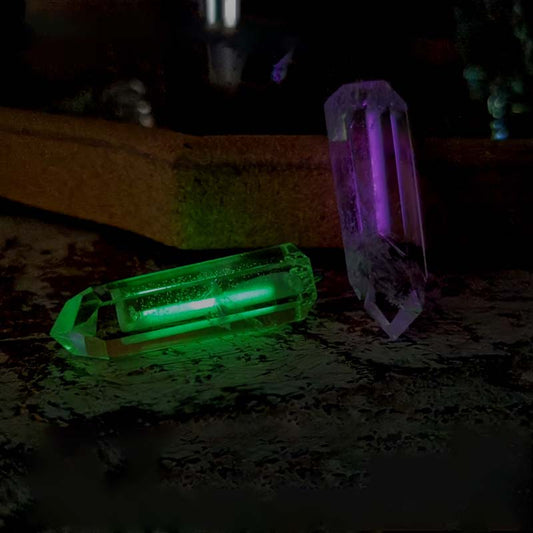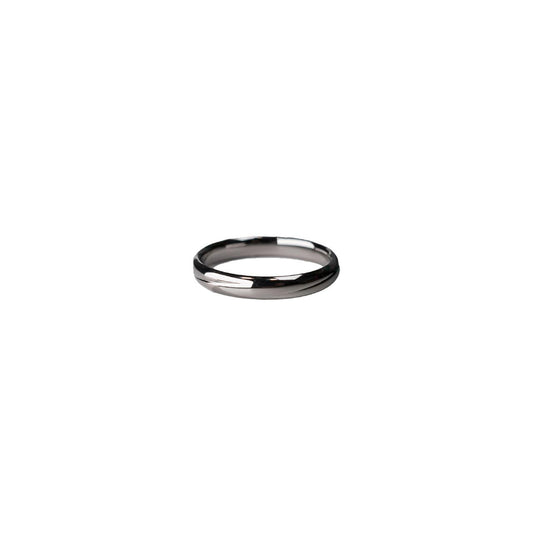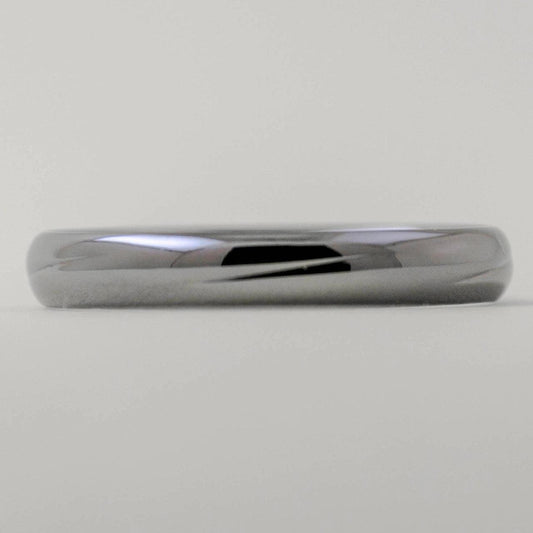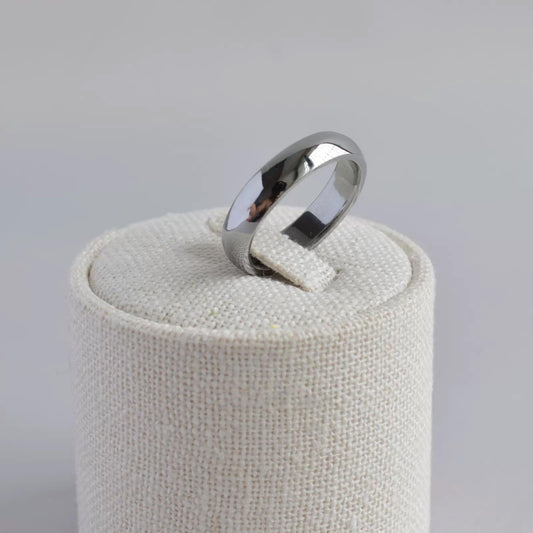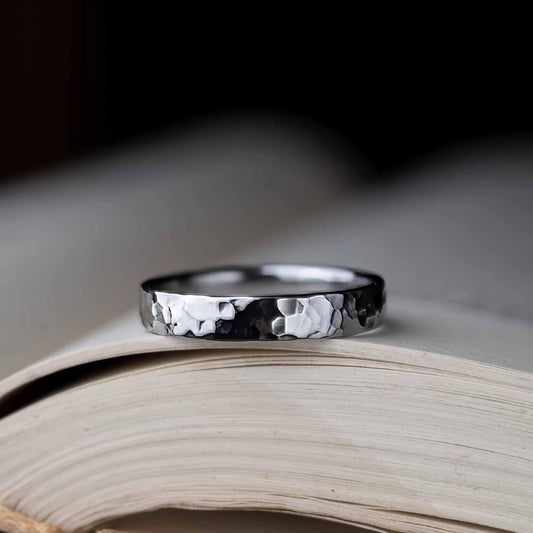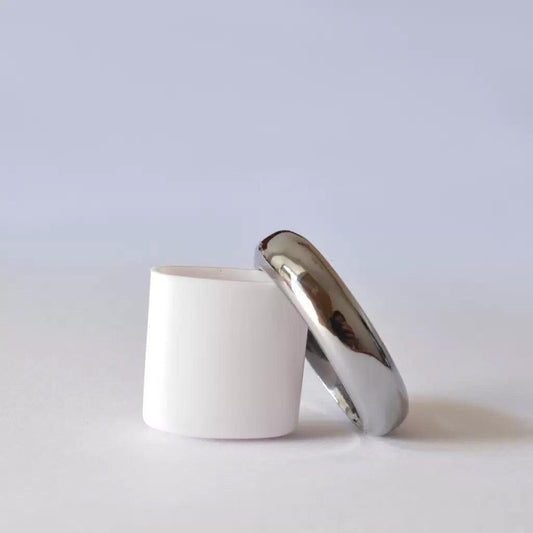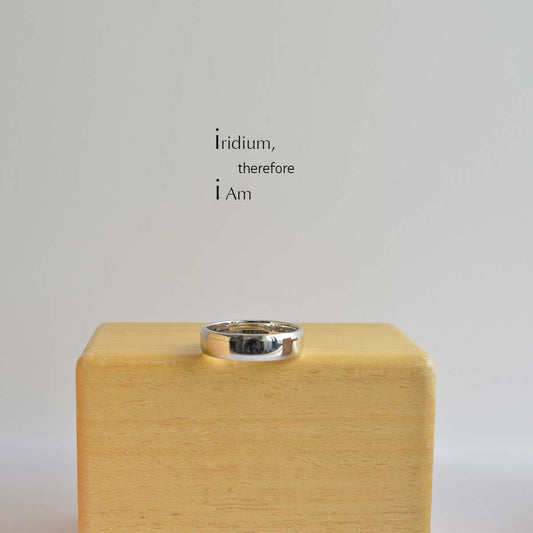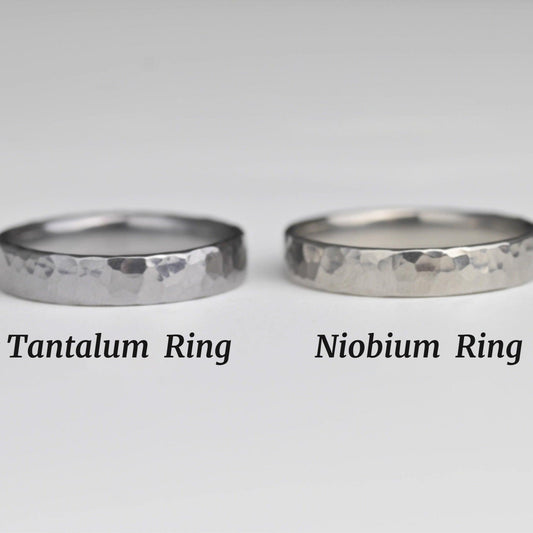Will Lab Diamonds Pass a Diamond Tester
Will Lab Diamonds Pass a Diamond Tester
It's an evening like no other, and the room is brimming with laughter and clinking glasses. My friend Sarah beams as she shows off her new engagement ring, a flawless diamond that catches the light in the most mesmerizing way. I can’t help but ask about it, and with a knowing smile, she reveals it's a lab-grown diamond. Her comment piques the interest of our small group, sparking a cascade of questions. But the one that stands out most is from Tom, an old college buddy: "Will it pass a diamond tester?"
To break this down, we have to consider how diamond testers work. These nifty gadgets assess diamonds primarily by measuring thermal conductivity. Natural diamonds are excellent conductors, which is why they efficiently disperse heat. When a tester is placed on a diamond, the heat transfer rate indicates whether the stone is genuine. Here's the kicker: lab-grown diamonds have the same physical and thermal properties as those formed naturally. They’re essentially carbon atoms bonded in a crystalline structure, just like their earth-mined counterparts.
The implications are fascinating. Thanks to their identical composition, lab diamonds will indeed pass a traditional thermal conductivity test. In recent years, the technology for these synthetic gems has become so sophisticated that distinguishing between the two can require advanced gemological tests well beyond the typical pocket tester.
But why the sudden surge in interest around lab diamonds? While some point to ethical concerns associated with mining, others simply adore the ability to claim a flawless stone without breaking the bank. I was curious too, so I spent an afternoon browsing online forums. It's intriguing how people discuss lab diamonds not just in terms of cost or ethics, but as part of a broader embrace of technological evolution. Think about it—like the same traction vinyl records have in a digital world, both natural and lab diamonds now coexist, offering charm both in tradition and modernity.
Anecdotally, I once attended a jewelry-making workshop and met an artisan who worked exclusively with lab-grown stones. She likened her choice to preferring sustainable fashion over fast-fashion brands—a sentiment that's increasingly resonant today. Her customers, she shared, often appreciate the transparency and peace of mind that comes with knowing exactly where their gems originated.
There's also the cultural allure. As more couples opt for lab-created options without sacrificing size or quality, it's a reflection of changing values. On some level, choosing lab-grown diamonds feels like a modern love letter to science and innovation. It's a quiet, confident nod to progress, without losing the timeless allure that diamonds represent.
So, next time you find yourself mesmerized by a sparkling gem, consider this: whether formed by nature or nurtured in a lab, the beauty of a diamond isn't just in passing some heat test. Its true test lies in the stories it holds, the choices it reflects, and the values it signifies. After all, isn't that what we cherish most in life's little treasures?


